
Barcelona Superblocks: Reclaiming Streets for People
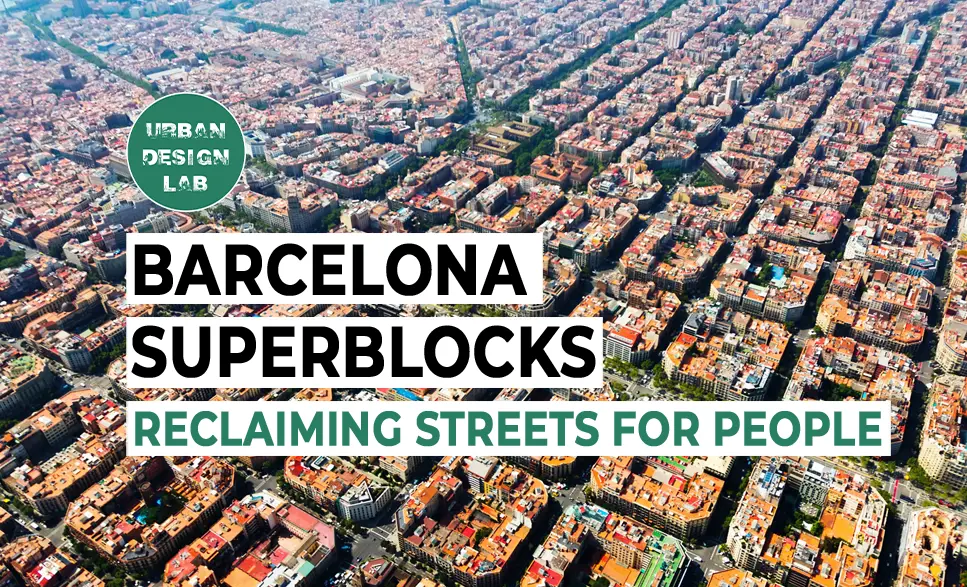
The Barcelona Superblocks initiative represents a pioneering urban planning approach designed to reallocate public space from vehicular use to enhance residents’ quality of life. This transformative strategy, which restructures traffic flow within a 3×3 grid of city blocks, prioritizes pedestrian and community activities over cars, offering a compelling model for sustainable urban development.
Within each Superblock, through traffic and non-residential parking are redirected to surrounding perimeter roads, significantly reducing vehicle movement within the interior. Streets within the Superblocks are repurposed into pedestrian-centric spaces, with stringent speed limits and an emphasis on accessibility. The reclaimed areas are enhanced with green spaces, bike lanes, playgrounds, and public seating, fostering a more vibrant and communal urban environment.
The initiative pursues several critical objectives, including:
- Mitigating air pollution and reducing noise
- Expanding green spaces to promote biodiversity
- Enhancing social cohesion and supporting local businesses
- Improving safety for pedestrians and cyclists
- Encouraging active transportation modes, such as walking and cycling
Empirical data from early assessments underscores the initiative’s success, with measurable reductions in air and noise pollution, a noticeable uptick in pedestrian engagement, and a boost in the vitality of local commerce. Barcelona’s Superblocks have drawn international acclaim, setting a precedent for cities worldwide aiming to transition away from car-dominated urban designs.
The Superblocks project exemplifies a bold, progressive shift towards more livable, environmentally sustainable, and community-focused cities, offering a compelling challenge to traditional, car-centric urban models. By reclaiming urban spaces for people, the initiative paves the way for a future where cities prioritize health, social interaction, and environmental sustainability.
The Birth of Barcelona's Superblock Vision
Barcelona Superblocks are a new and exciting way of organizing city streets. They’re designed to make urban areas better for people to live in, rather than just being spaces for cars to drive through.
- A Superblock is typically made up of nine regular city blocks arranged in a 3×3 grid. This creates a larger area that can be transformed into a more people-friendly space.
- Inside the Superblock, cars are limited. They’re only allowed to drive very slowly, usually no faster than walking speed. This makes the streets much safer for pedestrians and cyclists.
- The streets inside the Superblock become places for people to walk, play, and relax. Without the danger of fast-moving cars, children can play safely, and adults can enjoy outdoor activities.
- To make the space nicer and more inviting, the city adds trees, benches, and play areas. This turns boring streets into green, pleasant spaces where people want to spend time.
Superblocks are a creative solution to many urban problems. They turn parts of the city from busy, noisy, car-dominated areas into calm, green spaces for people to enjoy. By giving priority to pedestrians and cyclists, they encourage healthier and more environmentally friendly ways of getting around.
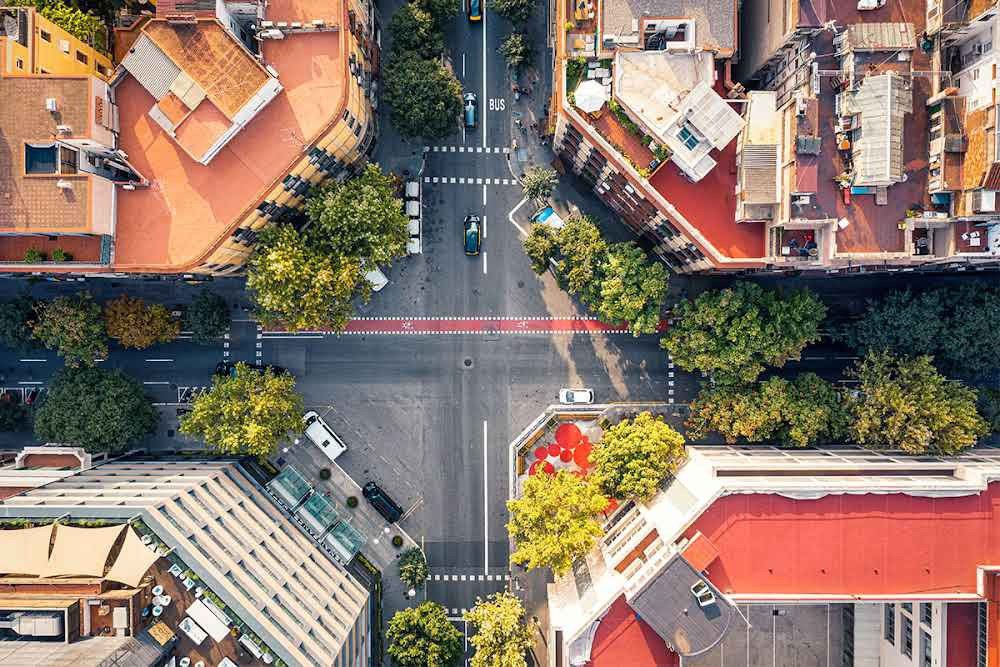
Superblocks Wave Their Urban Wand
Barcelona, like many big cities, faced serious problems because of too many cars. The streets were crowded, the air was polluted, and there wasn’t enough space for people to enjoy. City leaders realized they needed to make big changes to improve life for residents.
- Many parking spaces are removed to make room for other things. Where cars once sat idle for hours, new community areas can be created.
- New bike lanes are added so people can cycle safely. These lanes are often separated from car traffic, making it much safer and more comfortable for people of all ages to ride bicycles.
- Trees and plants are put in to make the area greener. Green spaces can include small parks, flower beds, or even vegetable gardens tended by local residents.
- Benches and tables are added so people can sit and relax. This turns streets into places where people can meet friends, read a book, or simply enjoy being outdoors.
- Playgrounds and sports areas are created for fun and exercise. This gives children safe places to play near their homes and provides adults with spaces for activities like yoga or basketball promoting a healthy lifestyle.
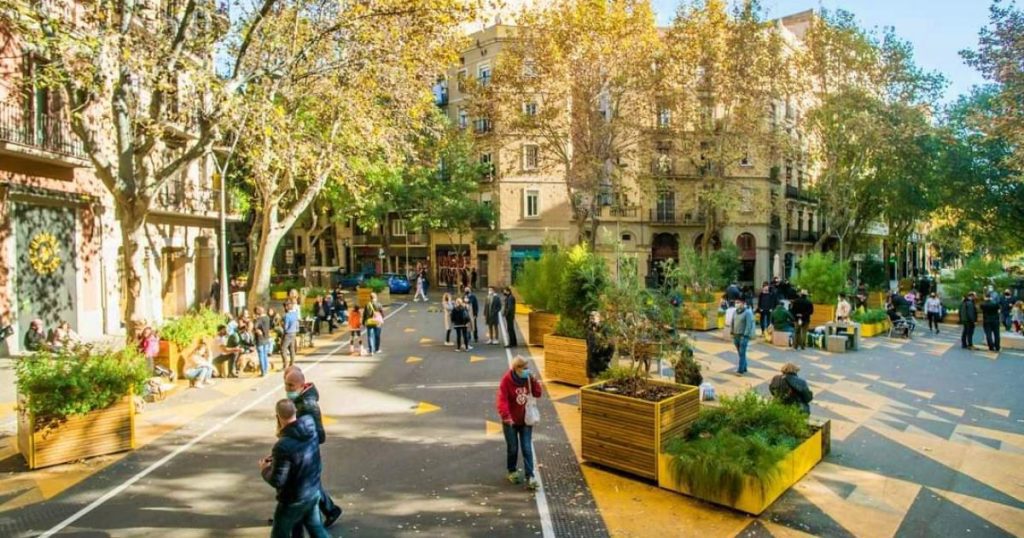
Source: Website Link
Superblocks Changing the City
Superblocks bring about significant changes to how streets look and how people use them. These changes transform busy, car-filled roads into lively community spaces where people can walk, play, and interact safely.
- New bike lanes are added so people can cycle safely.
- Trees and plants are put in to make the area greener. This not only makes the streets look nicer but also helps clean the air and provide shade.
- Benches and tables are added so people can sit and relax. This turns streets into places where people can meet friends, read a book, or simply enjoy being outdoors.
- Public art and cultural spaces are often incorporated. Murals, sculptures, or small performance areas can be added, making the streets more interesting and celebrating local culture.
These changes transform streets from places just for cars into lively areas for the community. By prioritizing people over vehicles, Superblocks create more pleasant and useful public spaces.
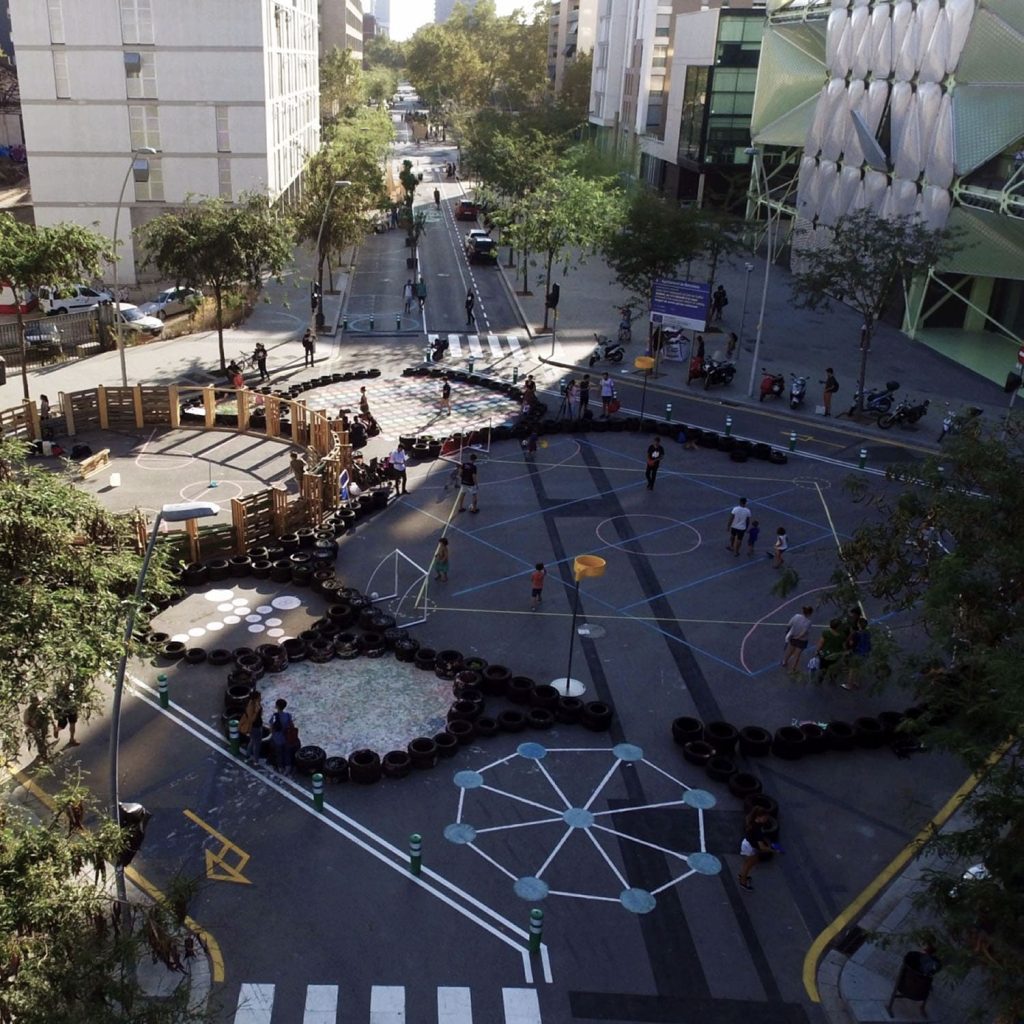
Benefits of Superblocks for People's Health
Superblocks can have a significant positive impact on people’s health in several ways.
- By changing the urban environment, they create conditions that promote both physical and mental well-being for residents of all ages.
- Less car traffic means cleaner air to breathe. This is especially important for people with respiratory conditions like asthma, but it benefits everyone’s lung health.
- More space to walk and bike helps people exercise more. When streets are safe and pleasant for pedestrians and cyclists, people are more likely to choose active transportation for their daily trips.
- Safe play areas let kids be more active. With dedicated spaces for children to play safely, kids in Superblocks tend to spend more time outdoors being physically active.
By transforming the urban environment, Superblocks create conditions that naturally promote healthier lifestyles. From cleaner air and more opportunities for physical activity to reduced stress and improved mental health, the benefits are wide-ranging. While individual choices still play a role in health, Superblocks make it easier for people to make healthy choices in their daily lives.
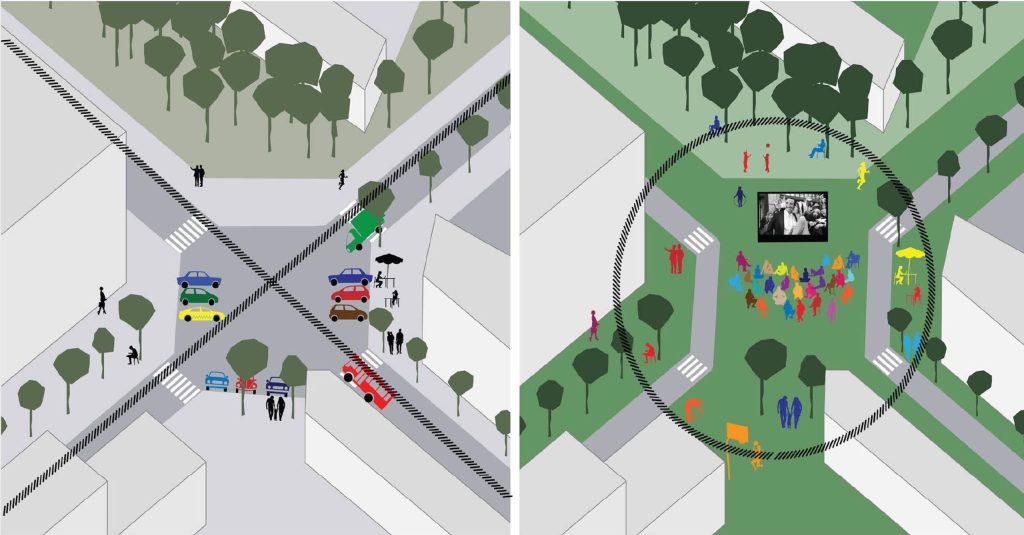
Challenges in Creating Superblocks
While Superblocks offer many benefits, implementing them also comes with significant challenges. City planners and officials must navigate various obstacles to make these projects successful.
- Some people don’t like having less space for cars. Many residents are accustomed to using cars for most trips and may resist changes that limit car access or parking.
- Emergency vehicles need to be able to access all areas. While Superblocks limit car traffic, they must still allow for quick access by ambulances, fire trucks, and police vehicles. This requires careful planning of street layouts.
- Coordination between different city departments is necessary. Creating Superblocks involves changes to traffic patterns, green spaces, and more, requiring multiple departments to work together effectively.
While the challenges are significant, many cities find that the benefits outweigh the difficulties. Successful implementation often involves extensive community consultation, phased approaches, and flexible designs that can be adjusted based on feedback.
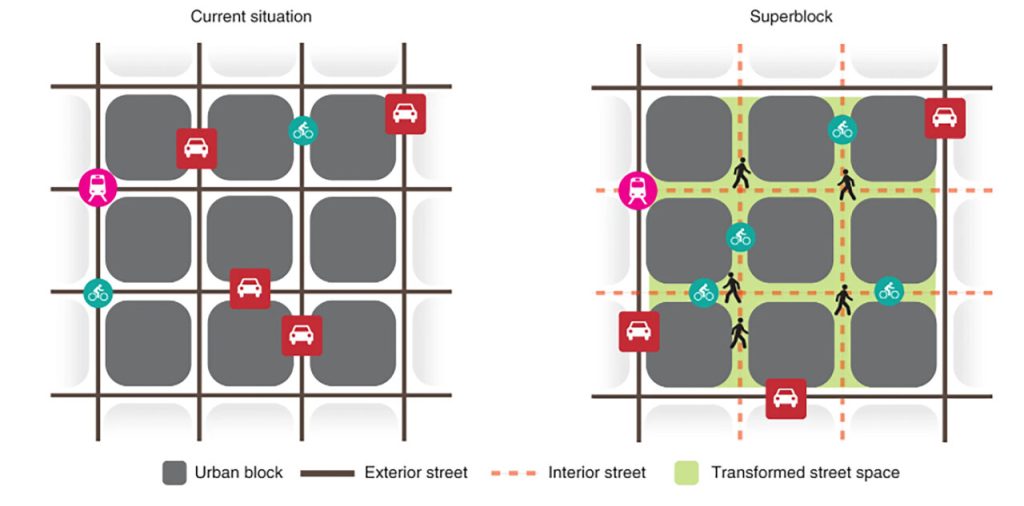
Superblocks and Local Businesses
The implementation of Superblocks can have significant effects on local businesses. While some businesses thrive in the new environment, others may face challenges and need to adapt their operations.
- Some businesses gain more customers from increased foot traffic. Cafes, restaurants, and small shops often benefit from having more pedestrians passing by.
- New types of businesses, like cafes with outdoor seating, may open. The improved street environment creates opportunities for businesses that can take advantage of outdoor spaces.
- Local markets and street fairs become more common. The pedestrian-friendly spaces in Superblocks are ideal for hosting markets and community events, which can boost local businesses and create a stronger sense of community.
- Businesses may need to adapt their marketing strategies. With more local foot traffic, businesses might shift their focus to attract nearby residents rather than relying on customers from further away
The impact of Superblocks on local businesses is complex and varies depending on the type of business and its ability to adapt. While there are challenges, particularly for car-dependent businesses, many local economies ultimately benefit from the increased foot traffic and improved quality of life in Superblocks.
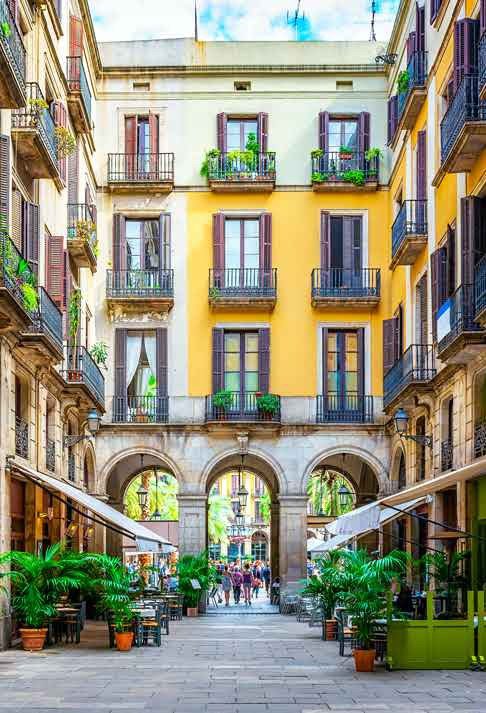
Superblocks in Other Cities
Barcelona’s Superblocks concept has gained attention worldwide, inspiring similar projects in various cities. While each city adapts the idea to fit its own needs and culture, the core principle of prioritizing people over cars remains consistent.
Cities like Paris and Seattle are trying similar projects. Paris has introduced the concept of “15-minute cities,” where all daily needs are within a short walk or bike ride. Seattle is experimenting with “Stay Healthy Streets” that prioritize pedestrians and cyclists. Some cities are combining Superblock concepts with other urban innovations. For instance, Copenhagen is integrating its famous bicycle infrastructure with car-free zones and green spaces to create more livable neighborhoods.
The concept is being adapted to different climates and geographies. While Barcelona’s Mediterranean climate is conducive to outdoor living, cities with different weather patterns are finding ways to make the concept work for them.
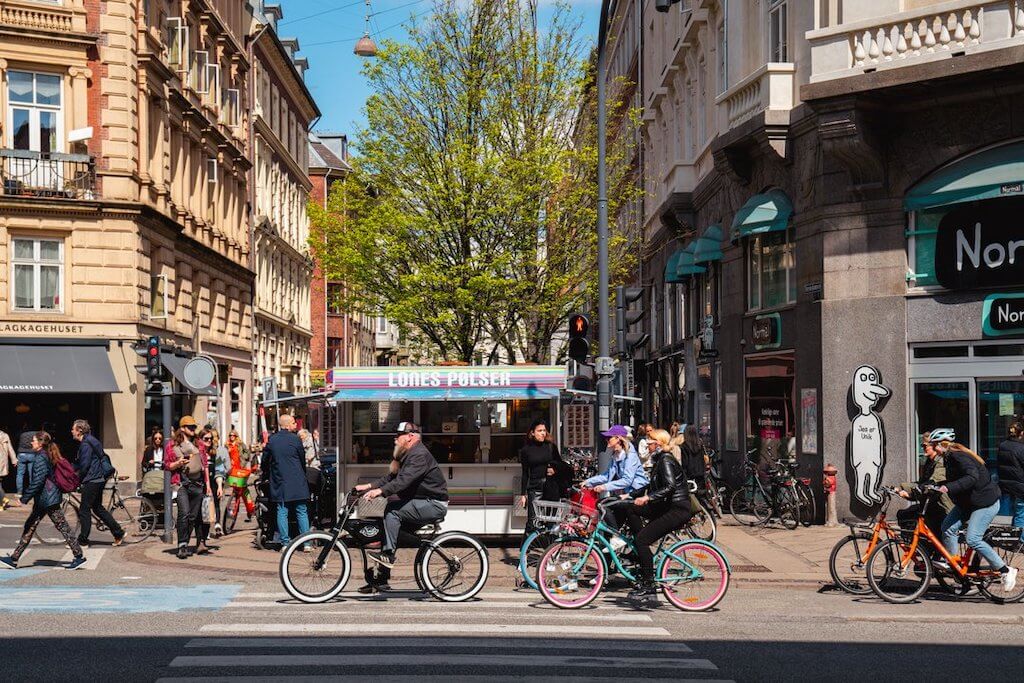
-1
-1
-1
Conclusion
Barcelona’s Superblocks initiative exemplifies a pioneering urban planning model that reclaims city spaces by prioritizing pedestrians and cyclists over vehicular traffic, leading to transformative improvements in urban living. By reallocating streets for public use, the Superblocks have demonstrated significant benefits for public health, environmental sustainability, and social interaction. While the initiative has faced implementation challenges—including resistance from some residents, accessibility concerns, and potential economic disruptions—the flexibility of the Superblock concept has proven its potential as a scalable solution for urban challenges globally. As cities increasingly seek sustainable, resilient, and people-centric designs, the lessons from Barcelona offer critical insights into how urban spaces can be reimagined to enhance both community well-being and environmental stewardship.
References
- Ajuntament de Barcelona. (2016). Let’s fill streets with life: The Superblock of Sant Antoni. https://ajuntament.barcelona.cat/superilles/en/superilla/sant-antoni
- Appleyard, D., Gerson, M. S., & Lintell, M. (1981). Livable streets. University of California Press.
- Bausells, M. (2016, May 17). Superblocks to the rescue: Barcelona’s plan to give streets back to residents. The Guardian. https://www.theguardian.com/cities/2016/may/17/superblocks-rescue-barcelona-spain-plan-give-streets-back-residents
- Sennett, R. (2018). Building and dwelling: Ethics for the city. Farrar, Straus and Giroux.
- Speranza, P. (2018). A human-scaled GIS: Measuring and visualizing social interaction in Barcelona’s Superilles. Journal of Urbanism: International Research on Placemaking and Urban Sustainability, 11(1), 41-62.
- UN-Habitat. (2020). Cities and Pandemics: Towards a More Just, Green and Healthy Future. United Nations Human Settlements Programme.
- Zografos, C., Klause, K. A., Connolly, J. J., & Anguelovski, I. (2020). The everyday politics of urban transformational adaptation: Struggles for authority and the Barcelona superblock project. Cities, 99, 102613.
- Zografos, C., Anguelovski, I., & Grigorova, M. (2021). When green is not enough: Climate change, racial capitalism, and the coloniality of urban transformation in Barcelona. Antipode, 53(6), 1605-1627.
- Nieuwenhuijsen, M. J., & Khreis, H. (2016). Car free cities: Pathway to healthy urban living. Environment International, 94, 251-262.
- Pisano, C. (2020). Strategies for post-COVID cities: An insight to Paris En Commun and Milano 2020. Sustainability, 12(15), 5883.
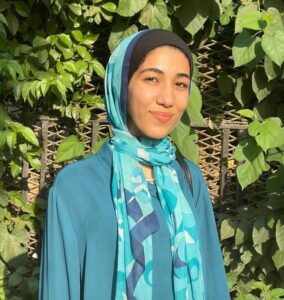
Merna Moataz
About the Author
Merna Moataz is an architecture and urban design student at Helwan University in Egypt, pursuing a Bachelor of Sustainable Architecture and Urban Design. She has demonstrated strong design skills and a passion for innovative public spaces and urban revitalization, participating in various architecture and urbanism competitions and virtual design collaborations.
Related articles


Architecture Professional Degree Delisting: Explained

Periodic Table for Urban Design and Planning Elements


History of Urban Planning in India
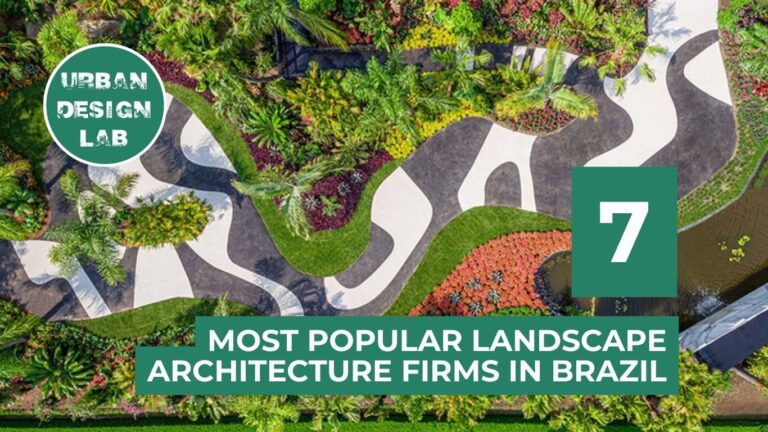
Top 7 Landscape Architecture Firms in Brazil You Should Know
UDL GIS
Masterclass
Gis Made Easy- Learn to Map, Analyse and Transform Urban Futures
Session Dates
15th-19th December 2025

Urban Design Lab
Be the part of our Network
Stay updated on workshops, design tools, and calls for collaboration
Curating the best graduate thesis project globally!

Free E-Book
From thesis to Portfolio
A Guide to Convert Academic Work into a Professional Portfolio”
Recent Posts
- Article Posted:
- Article Posted:
- Article Posted:
- Article Posted:
- Article Posted:
- Article Posted:
- Article Posted:
- Article Posted:
- Article Posted:
- Article Posted:
- Article Posted:
- Article Posted:
Sign up for our Newsletter
“Let’s explore the new avenues of Urban environment together “


























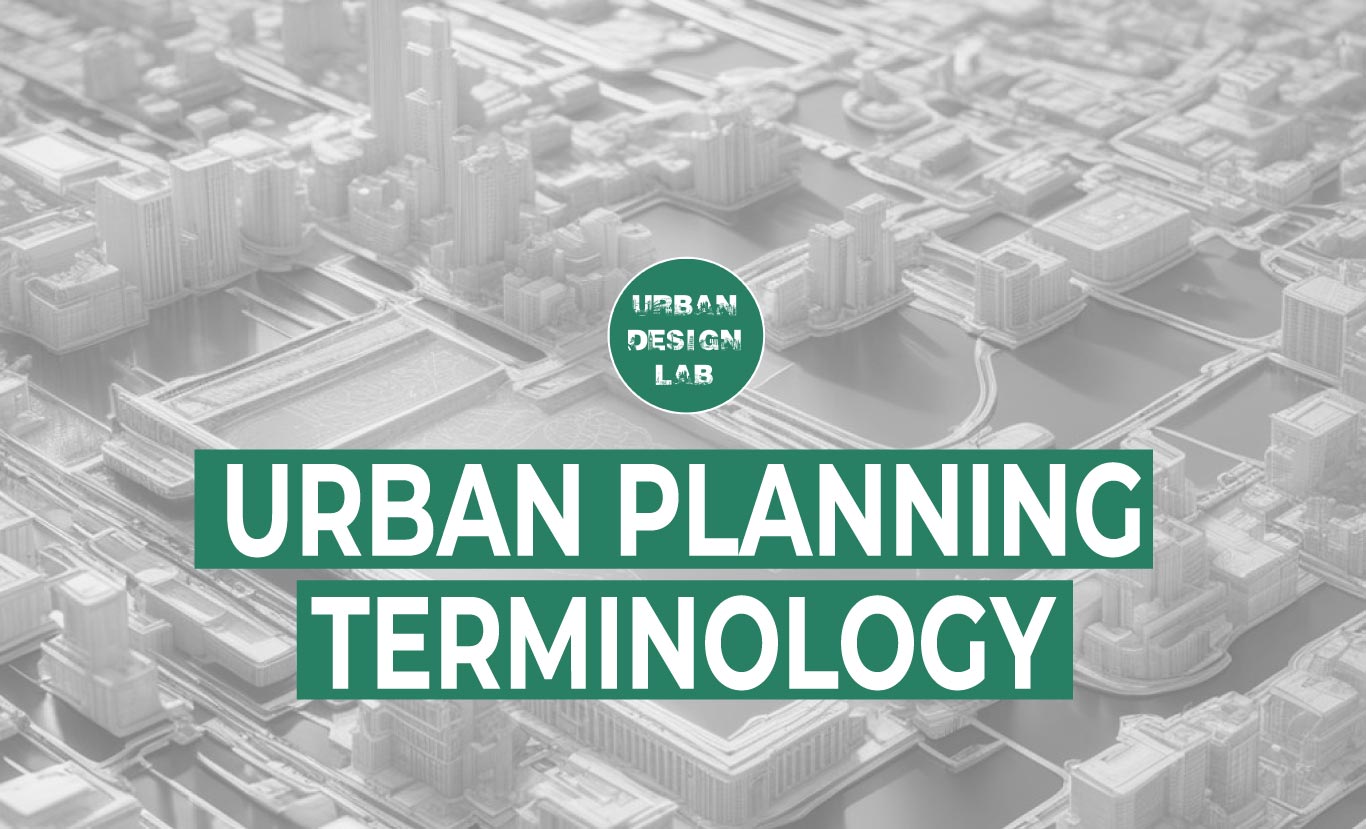

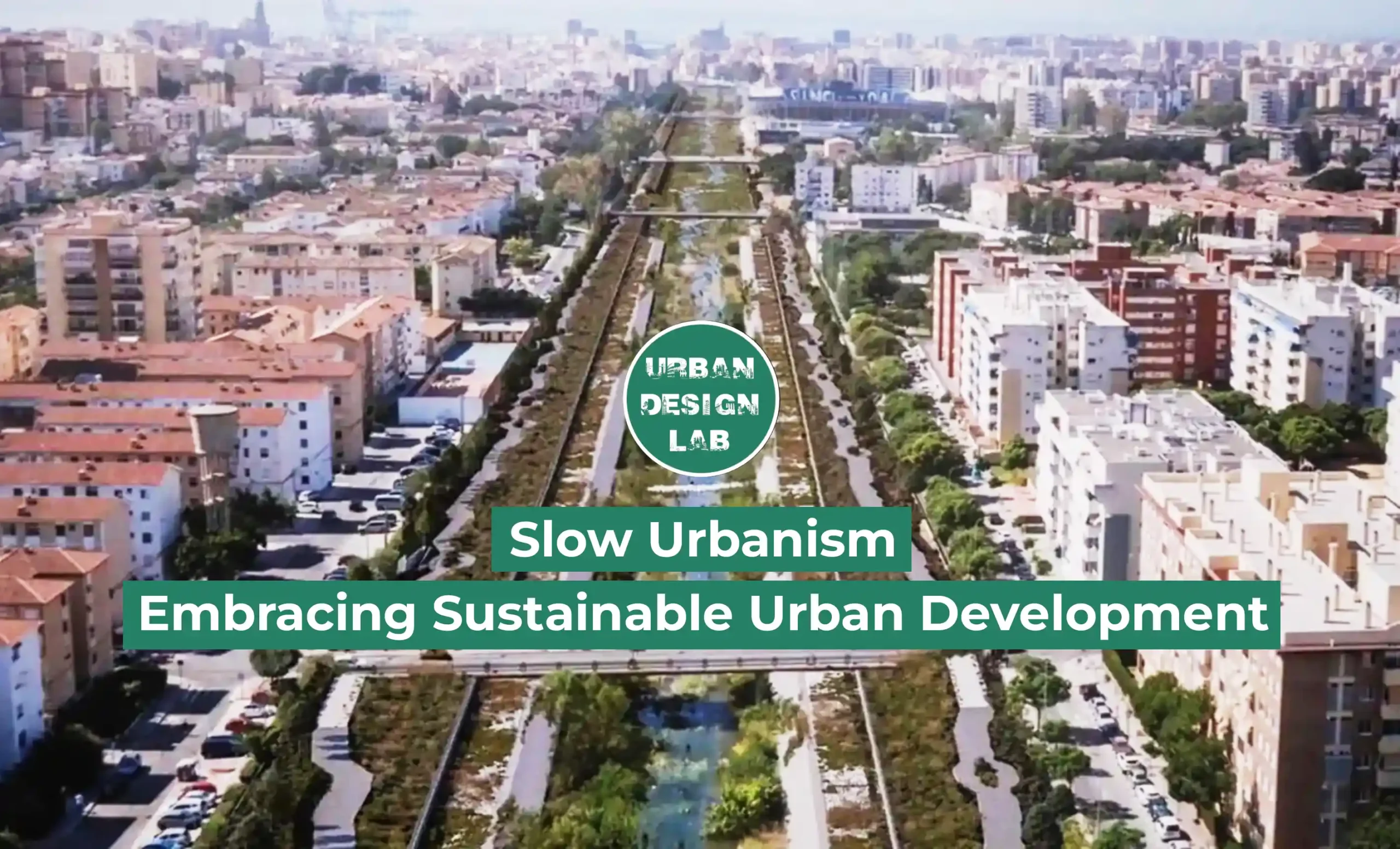
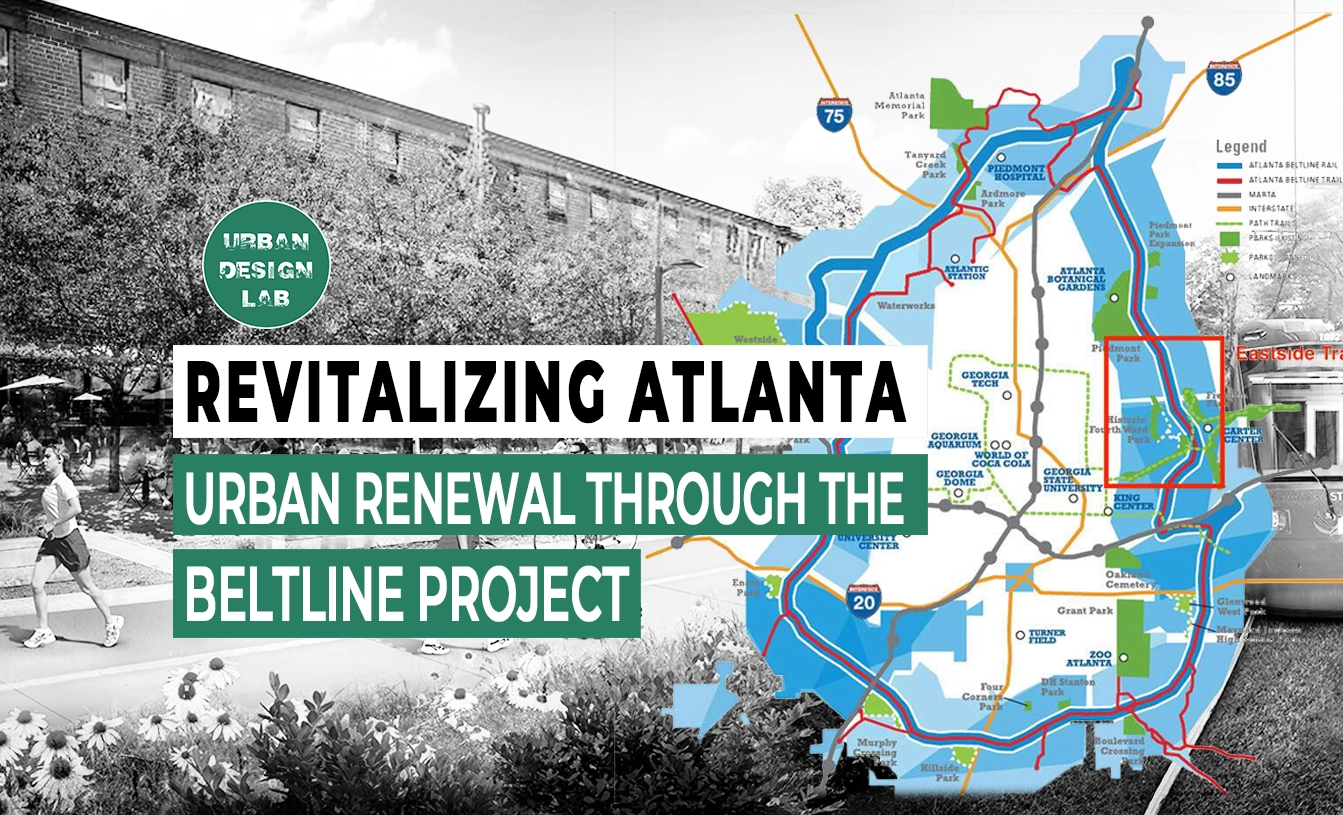
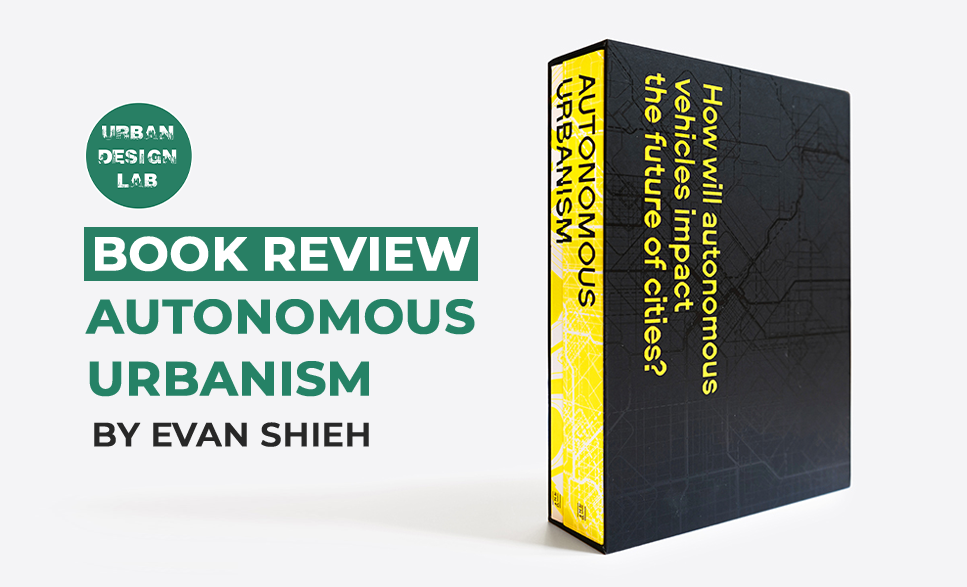
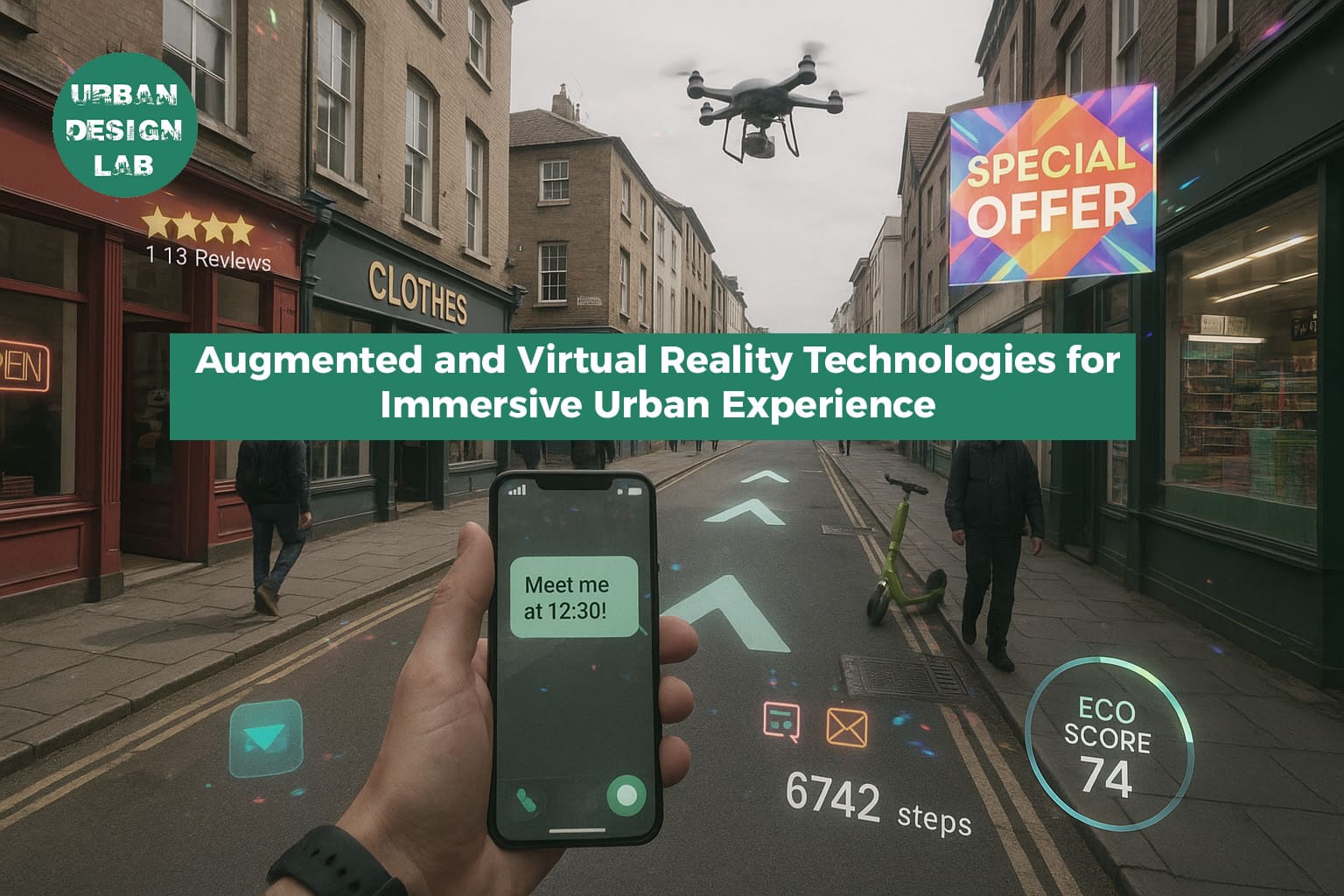
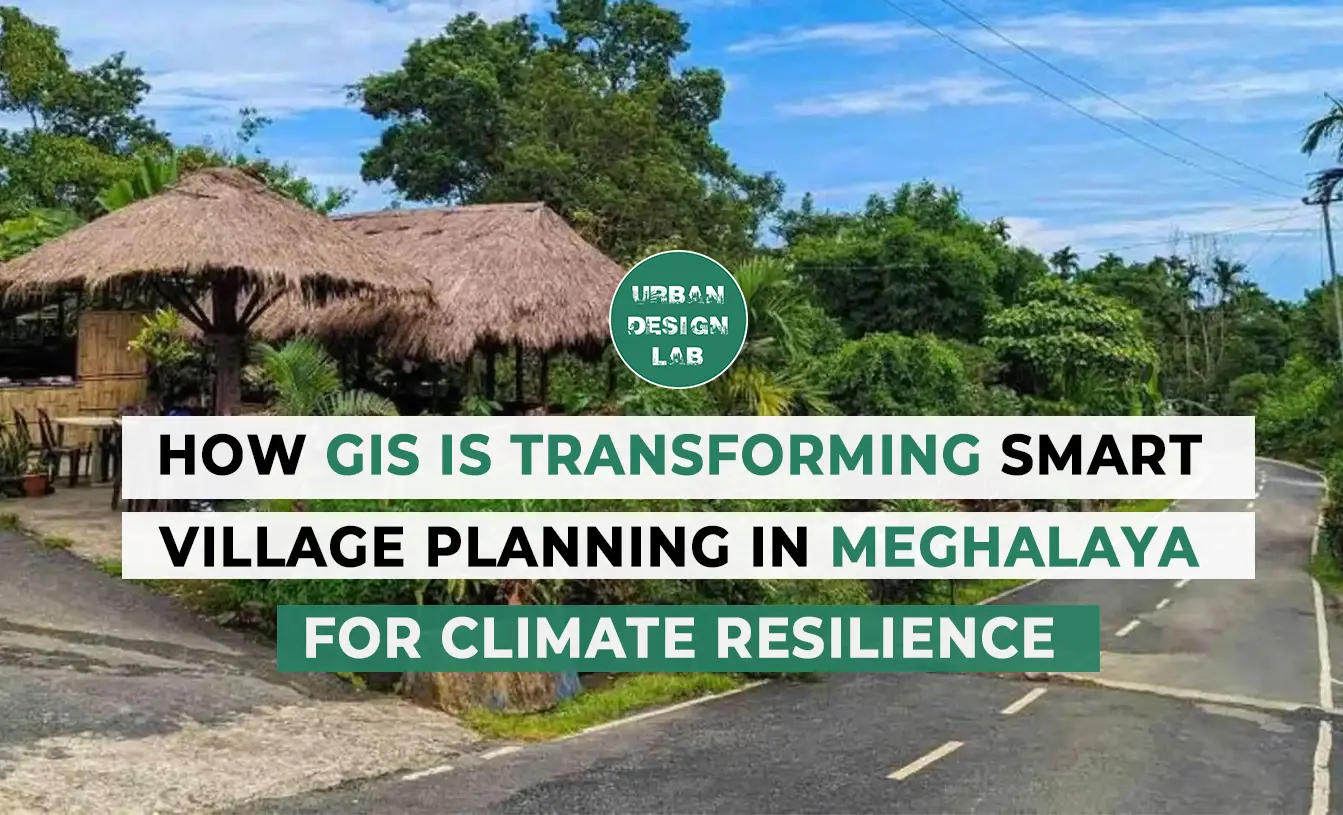
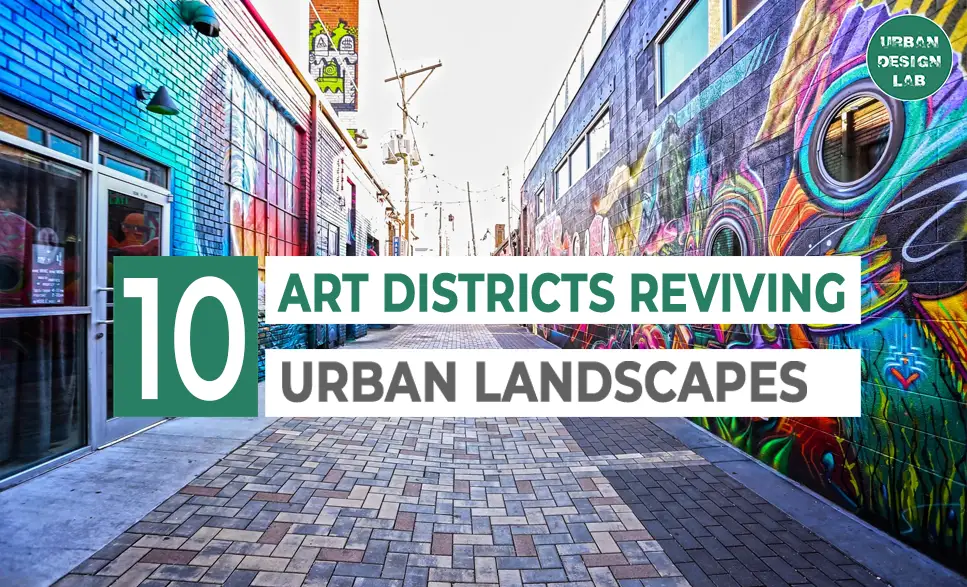
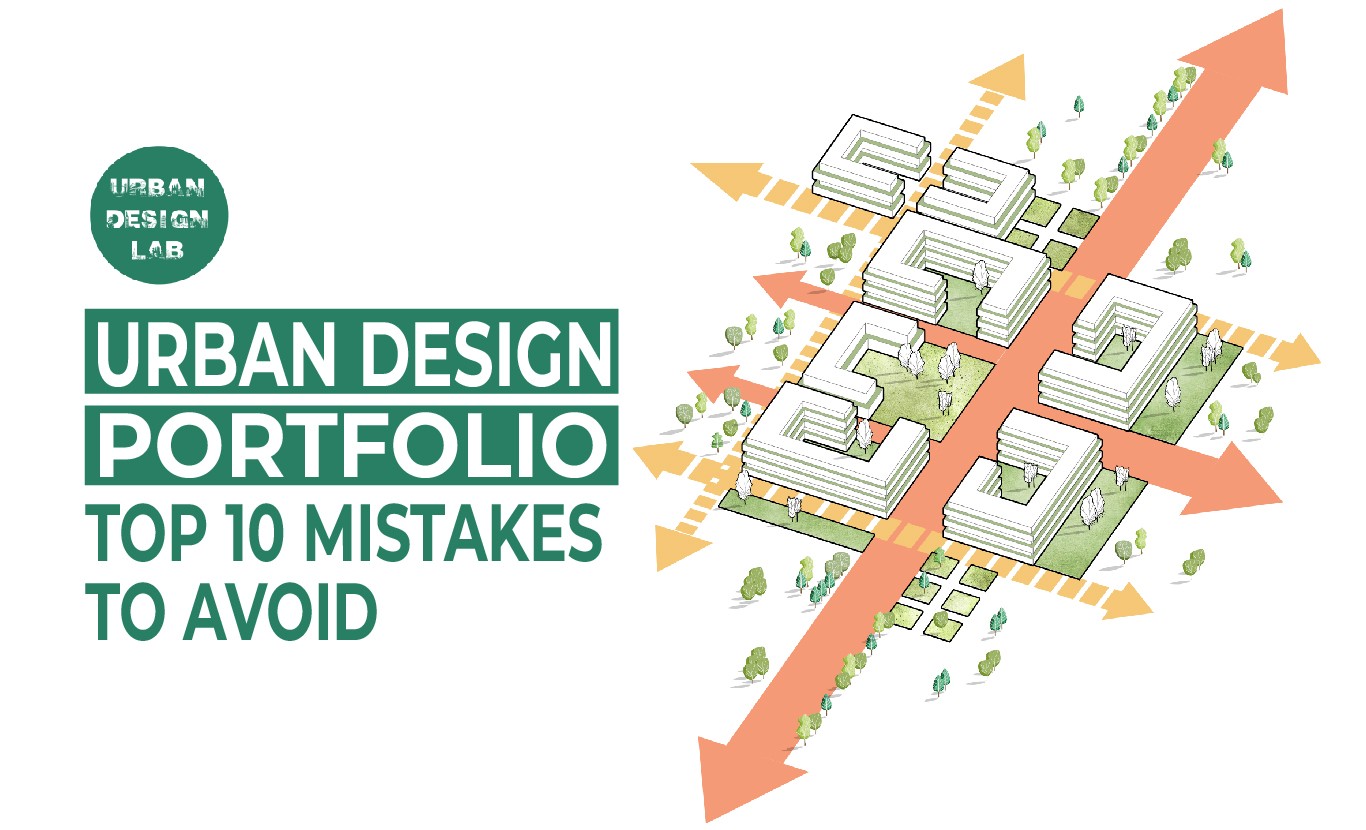
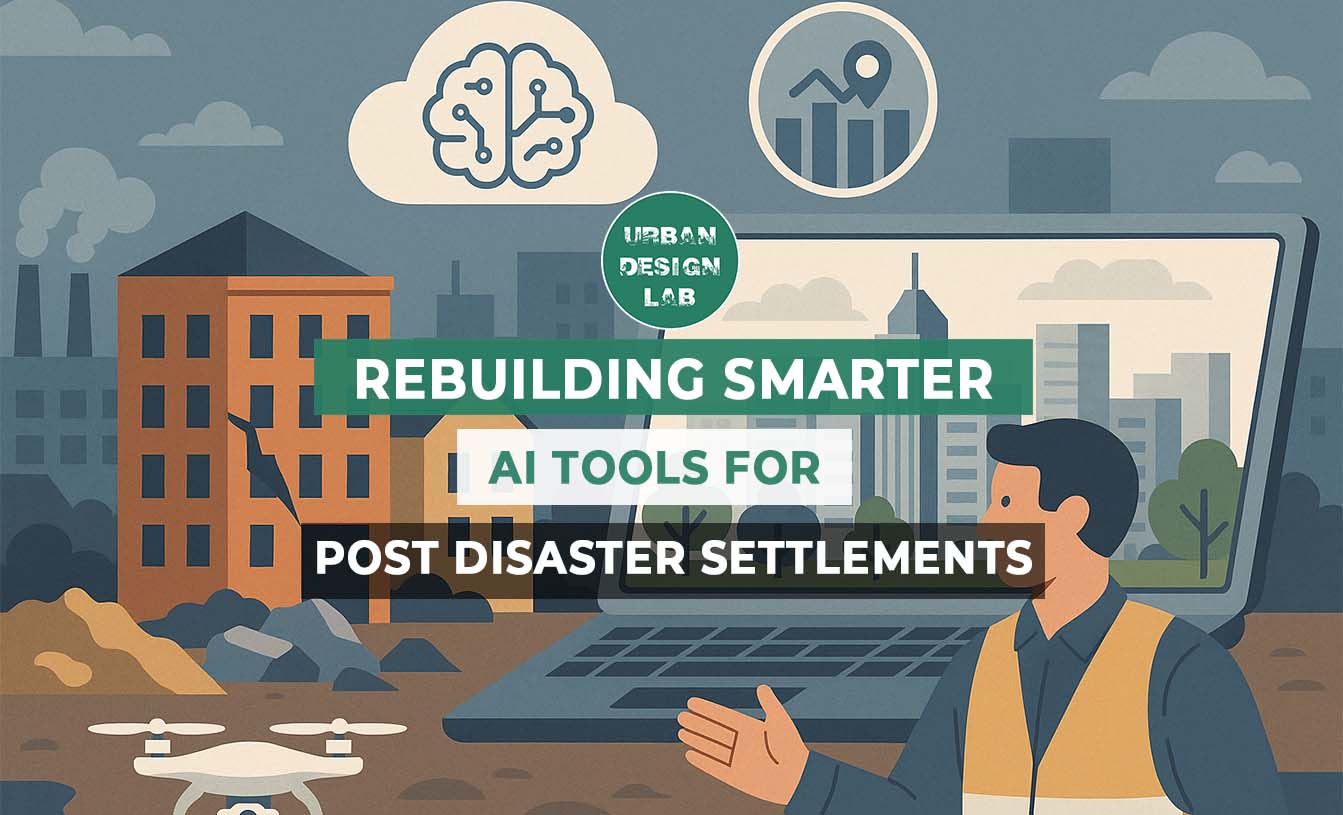



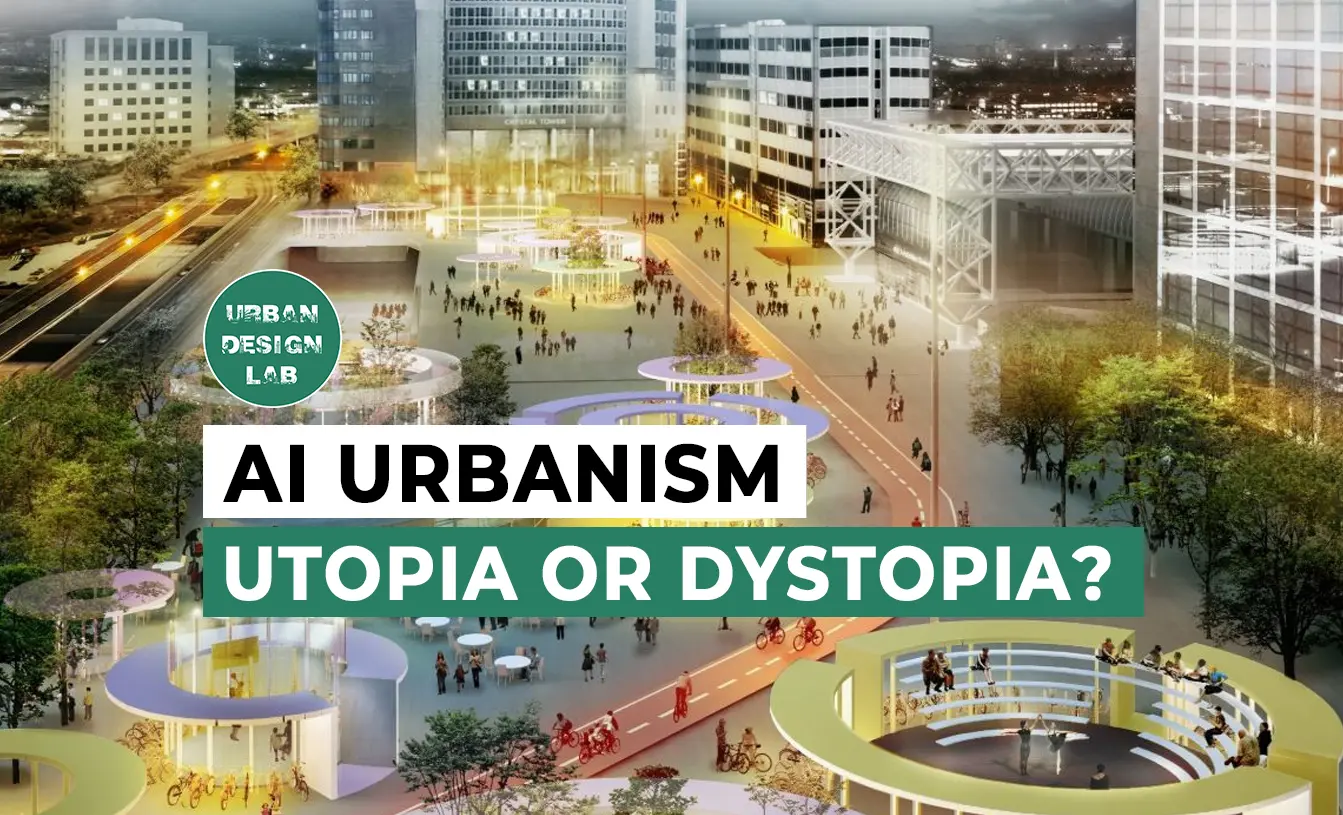
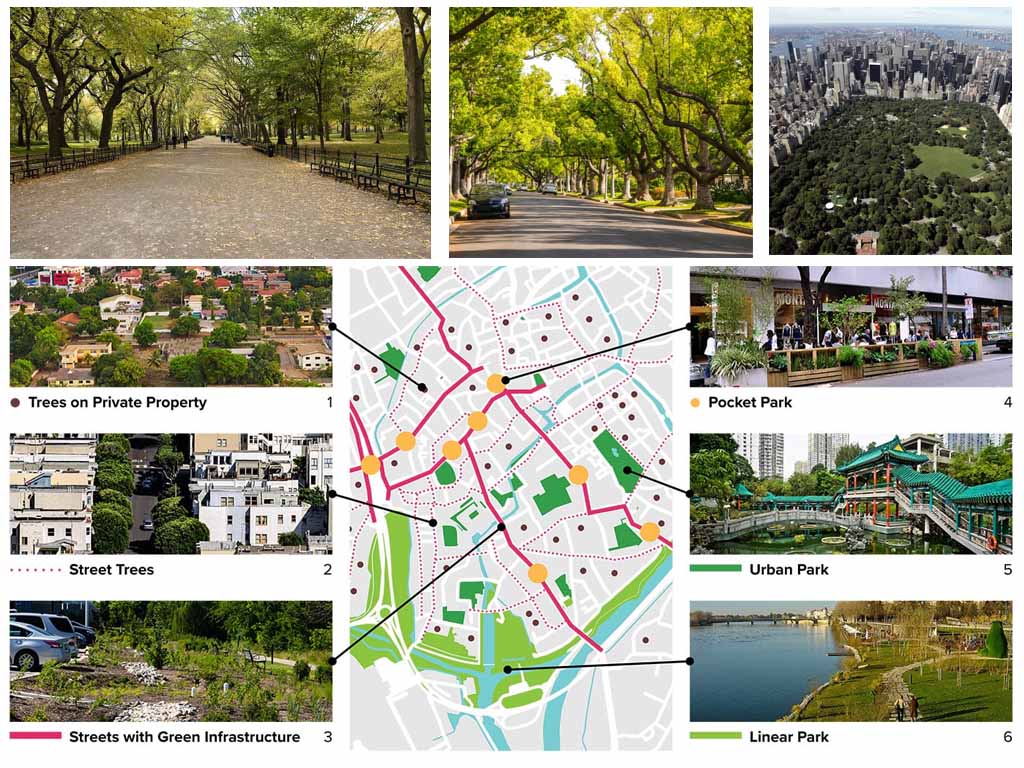
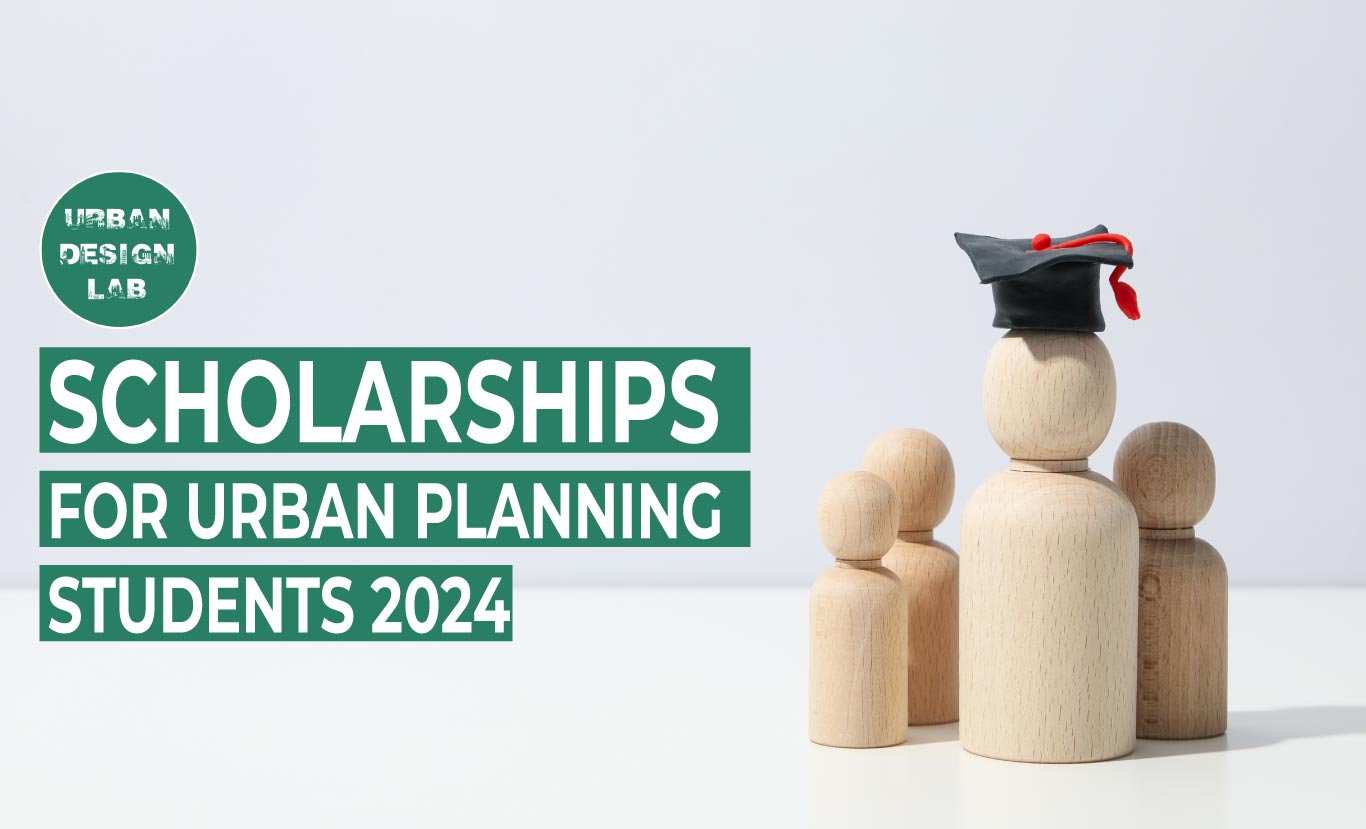


4 Comments